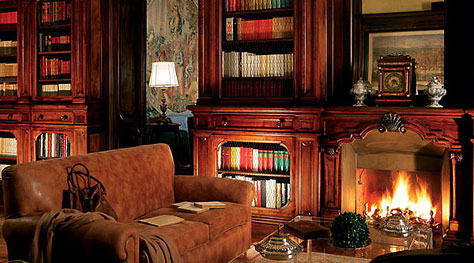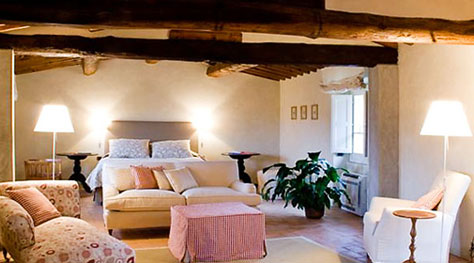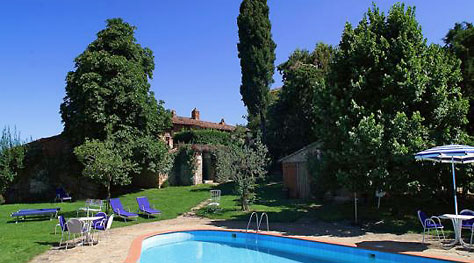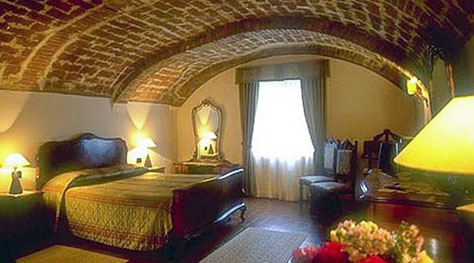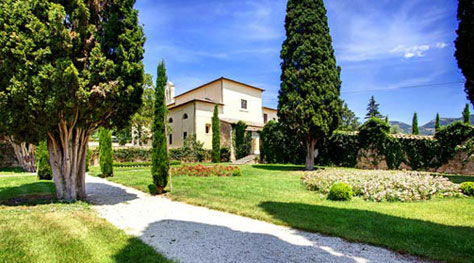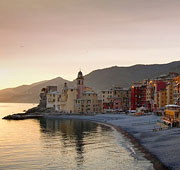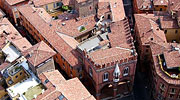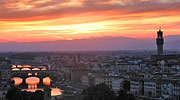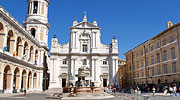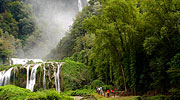Italy's Strangest Museums
The weird and wonderful offbeat collections around Italy
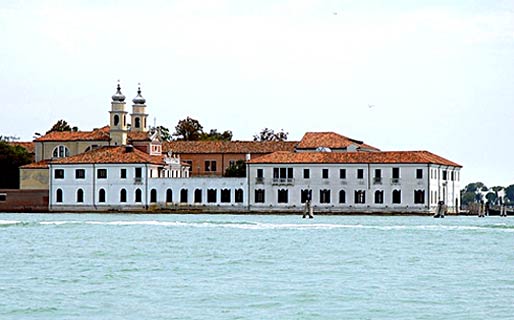
Italy is home to some of Europes's best - and most visited - museums, housing some of the greatest masterpieces of the western world. This means, of course, that most travellers to Italy are interested in taking at least a peek, and some days galleries of the Uffizi and the Vatican museums can be packed elbow to elbow with visitors.
Luckily, Italy is also home to some of Europe's quirkiest museums, decidedly less busy (indeed, you may find you're the only one there!) but no less fascinating. Whether you're in one of Italy's most popular destinations or have struck out off the beaten path, there is a collection of the wierd and wonderful nearby just waiting to be explored.
Quiet Museums in Bustling Cities
San Servolo Insane Asylum Museum (Venice)
The island of San Servolo in the Venetian lagoon housed the insane of La Serenissima for centuries: from 1725 (1798 for women) to its closure by Italian law in 1978. Of the more than 200,000 patients admitted over these 250 years, most would live out the remainder of their lives on this lonely "island of the mad". In 2006, the island reopened as a museum dedicated to the history of the asylum, with a number of exhibition rooms, an anatomical theater, a pharmacy, a photographic archive, a botanical garden, and a library. The peace and tranquility of this remote Venetian island belies the centuries of desperation which have marked its history, as told poignantly in this excellent museum. Museum website in English.
Photo by Jean-Pierre Dalbéra via Flickr.
The Museum of Criminology (Rome)
Not for the faint of heart, this museum is run by the Ministry of Justice and is dedicated to the history of, well, crime and punishment from the 1800s until today. Housed in the former juvenile penitentiary Palazzo del Gonfalone - built in the early 19th century under Pope Leo XIII and still headquarters to a number of police departments - the museum includes a collection of torture devices, a section on criminal anthropology and the birth of forensic science, and an eclectic grouping of artifacts dedicated to the Italian justice system from the 20th century. Museum website in Italian only.
La Specola (Florence)
Officially the Museum of Zoology and Natural History, this Florentine museum is the oldest scientific museum in Europe (inaugurated in 1775) and part of its wealth of fossils, preserved animals, minerals, and exotic plants was originally a Medici family private collection. Though we all love a good stuffed alligator, most visitors whip through the 24 rooms dedicated to zoology to get to the ten rooms for which the museum is famous: its collection of anatomical waxes. These models, used to teach anatomy without having to use a cadaver, were made between the 1600s and 1800s, and are some of the most startling exact models still in existence today: masterpieces in their own right. Museum website in English.
Photo by Romana Klee via Flickr.
Offbeat Museums in Off-the-beaten-track Towns
Corkscrew Museum (Barolo, Piedmont)
Where better to have a corkscrew museum than in Barolo, capital of Le Langhe wine country and a place where you just can't get the cork off that bottle fast enough? This collection of over five hundred corkscrews from across the globe includes models made of everything from simple iron and wood to precious ivory, silver, and pearl. Located in a former wine cellar, the museum's collection spans the centuries from the 1600s to today and is a fascinating walk through this humble tool's birth and evolution. And if you're thirsty after your visit, the museum has, of course, a wine shop (corkscrew not included). Museum website in English.
Photo by Paul Barker Hemings via Flickr.
Tap Museum (San Marizio d'Opaglio, Piedmont)
Speaking of tools we take for granted, have you ever contemplated the humble tap? Yes, that simple yet confounding device which brings us the water we use to drink, wash, and keep our little pot of basil thriving. Italy is home to the world's only museum dedicated to the spigot, located in this small town near Novara which has been known for its local industry producing taps since the mid-1800s. Housed in two halls (one of which is dedicated to tap-related conferences and events), this small collection is just as much about the economic development of this area thanks to the faucet industry as it is to the faucets, themselves. Museum website in Italian only.
Carpigiani Gelato Museum (Anzola dell'Emilia, Emilia Romagna)
It comes as no surprise that there are a plethora of small museums in Italy dedicated to different foods (including pasta, truffles, chocolate, olive oil, balsamic vinegar, prosciutto, and parmigiano), but by far the most compelling is the Gelato Museum, dedicated to everyone's favorite frozen treat. Opened in 2012, this museum looks at the history and evolution of gelato, with gelato machines, multimedia exhibits, and - the best part - workshops in their "gelato university" (which must be reserved). Possibly the only museum where your kids will beg you to stay longer! Museum website in English.
Mummy Museum (Ferentillo, Umbria)
Can you say spooky? This tiny village tucked into the Valnerina in southern Umbria has a creepy secret: the combination of a unique soil and air flow in the crypt under the local church resulted in the natural mummification of many of the bodies buried here over the centuries. Discovered at the beginning of the 1800s, some of the most intact of these mummified corpses are now on display in the crypt-cum-museum and guided tours include their - at times gruesome at times poignant - backstories. Museum website in English.
Accordion Museum (Castelfidardo, Le Marche)
There is no instrument more Italian than the fisarmonica, the instrument featured in festivals and on dance floors from north to south. Castelfidardo has been the seat of the accordion industry in Italy since its unification in the mid-1800s, and this charming local museum museum honors all aspects of this architypical "folk instrument", from a workshop display dedicated to its construction to a vast collection of over 150 models from 22 different countries. For a taste of what's to come, stop by their website where you will be treated to a vintage soundtrack. Museum website in Italian only.

